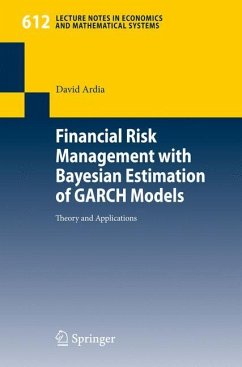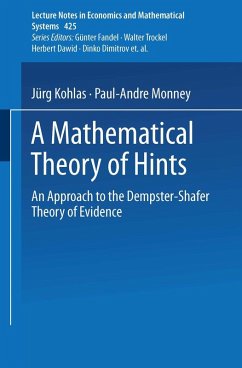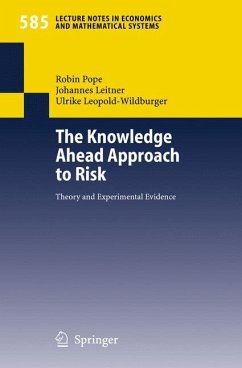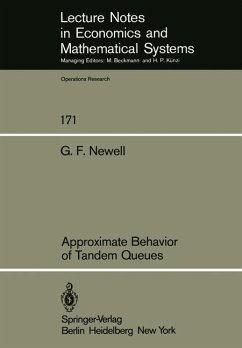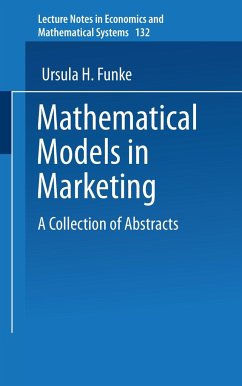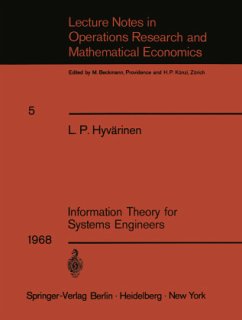
Bayesian Full Information Structrual Analysis
with an Application to the Study of the Belgian Beef Market

PAYBACK Punkte
20 °P sammeln!
1 1. Statement of the problem. Bayes' theorem provides a very powerful tool for statistical inference, especially when pooling information from different sources is appropriate. Thus, prior information resulting from economic theory and/or from previous (real or hypothetical) samples can be combined with the information embodied in new observations; and this operation can be performed formally, within a rigorous mathematical framework. To introduce the Bayesian analysis of the simultaneous equations model, we shall base our presentation in the very convenient exposition given by Dreze in his p...
1 1. Statement of the problem. Bayes' theorem provides a very powerful tool for statistical inference, especially when pooling information from different sources is appropriate. Thus, prior information resulting from economic theory and/or from previous (real or hypothetical) samples can be combined with the information embodied in new observations; and this operation can be performed formally, within a rigorous mathematical framework. To introduce the Bayesian analysis of the simultaneous equations model, we shall base our presentation in the very convenient exposition given by Dreze in his presidential adress to the . S' 2 C f Second World ongress 0 the Econometr1c oC1ety. The Bayesian method in statistics is usually presented as follows Consider the joint probability density function f(x.e) defined on the product space X x9, where X = {x} denotes the sample space, and e = {e} denotes the parameter space, If we decompose the joint density f(x,e) in a conditional density f(x/e) and a marginal lThe beginning of this section reviews some very well known proposi tions of Bayesian analysis. Those who are familiar with the subject can skip this part, and start with p.5. 2J.H.Dreze. "Econometrics and Decision Theory". Presidential adress delivered at the Second World Congress of the Econometric Society.





